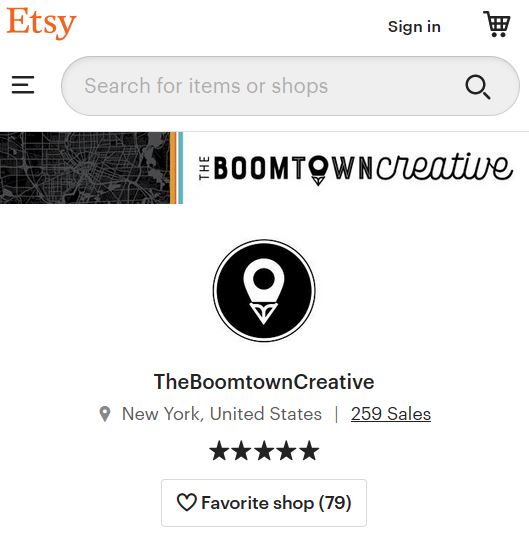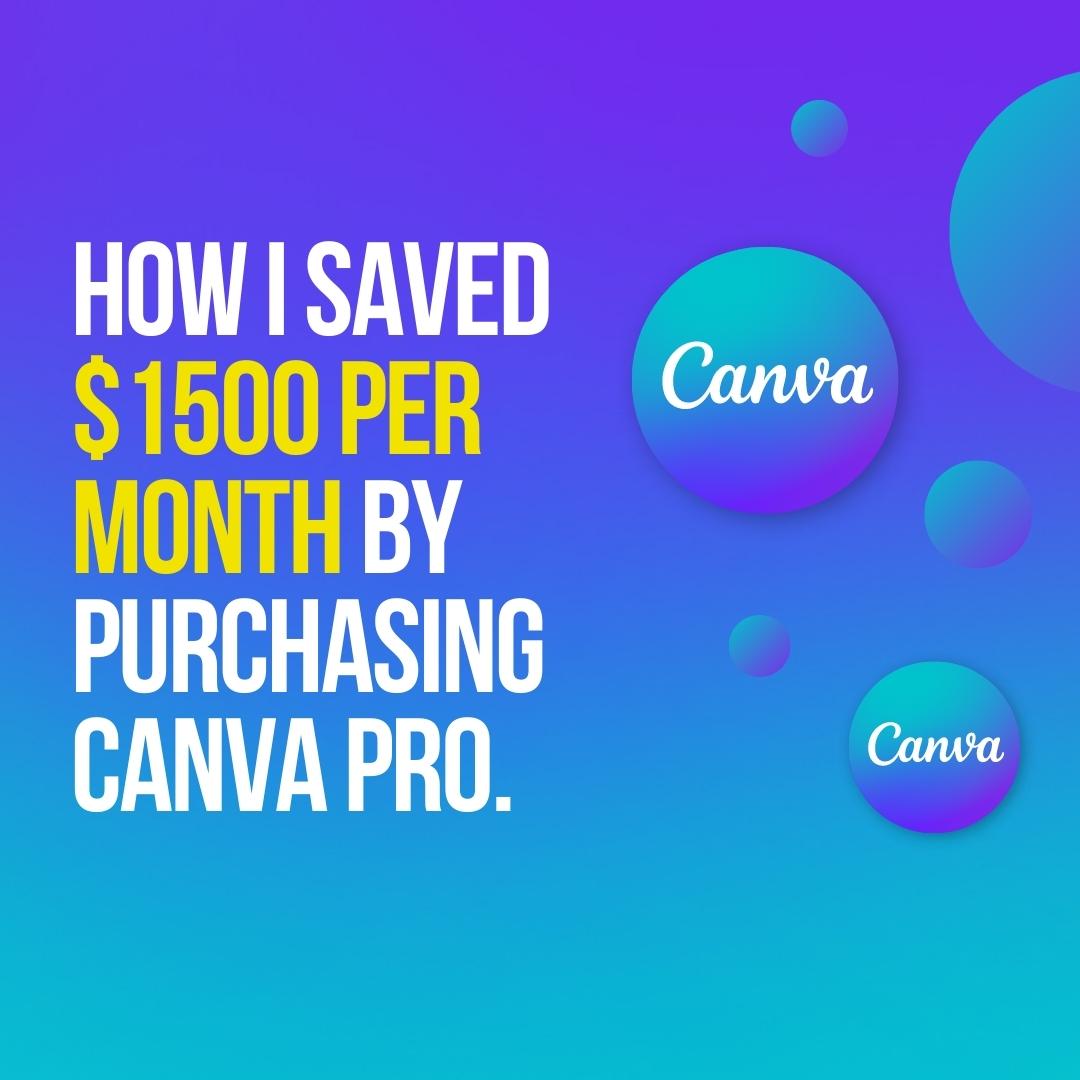Hi, I’m Melissa, a local recreational photographer, freelance graphic designer, and artist from Rochester, NY. I am a huge fan of my city and love using photography and art to promote community and support for local businesses, individuals, and locations around my home.

I began sharing my photos on Instagram a few years ago, and as my following grew there, I began to use that platform to connect graphic design, local love, and building community through the arts. I began not only photographing the places I love but designing artwork based on my city as well.
My business is always morphing and evolving as I learn new skills, discover fresh interests, and meet new people. In the past, I’ve helped people personally and professionally create logos, websites, and branding. Most recently my focus has been on environment design, painting murals, and running an Etsy shop with graphic artwork highlighting my city.
Graphic design can be an edifying element of any business, and when used in conjunction with your photography, a powerful and necessary supplement. Here are 5 tips to help you promote your photography business faster!
1. Logo Design
As a professional, branding is crucial and a logo is one of the most important places you can start, especially in the photography business where your customers will be paying close attention to your aesthetic and design.
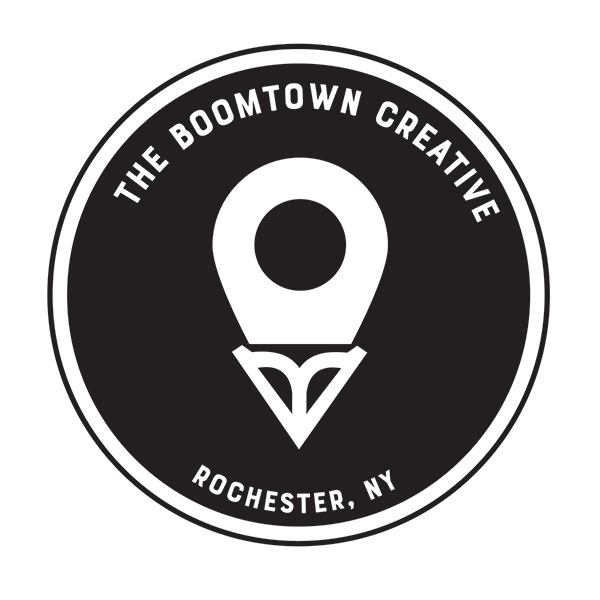
In some ways, it is the face of your business and it needs to be a representation of your personal work and style. It’s also a way to stand out from the crowd and make yourself easily identifiable.
When designing or choosing a logo, it is best to keep it simple, distinctive, and appropriate to your goals and desired audience. It should also be able to be replicated in every pixel size, whether painted on a large scale mural, in print on a business card, or as a small digital, social media icon. You want your audience to automatically recognize and connect your logo to you and your work no matter the location or format.
When designing my own logo, I chose to use the iconic location marker symbol combined with a piece of my city’s symbol, which is highly recognizable to my audience locally. It’s unique enough from what other people have done in my area, but it is also a simple enough design that a non-local could recognize the meaning behind it. It can be utilized in basically any format I need, as a standalone icon or in conjunction with a wordmark, and in color or black and white.

Here is another example of a logo I designed for a photographer from TOTL Photography that is simple, easily recognizable, and professional. He has utilized this on his website, business cards, social media, banners for art shows, and on reusable tote bags to give to customers who purchase prints at the shows.

2. Photo Gallery / Portfolio Design
Storytelling and visual communication are key skills for a photographer, especially in displaying work. Your portfolio, whether it’s on a website, social media, or in person, is one of the most effective tools in gaining clients.
Make sure your galleries are consistent with your style and showcase the best of your work. Tailor it to your desired audience and stick to that. Maximize on what makes you stand out and highlight your unique skills. And keep it up to date!
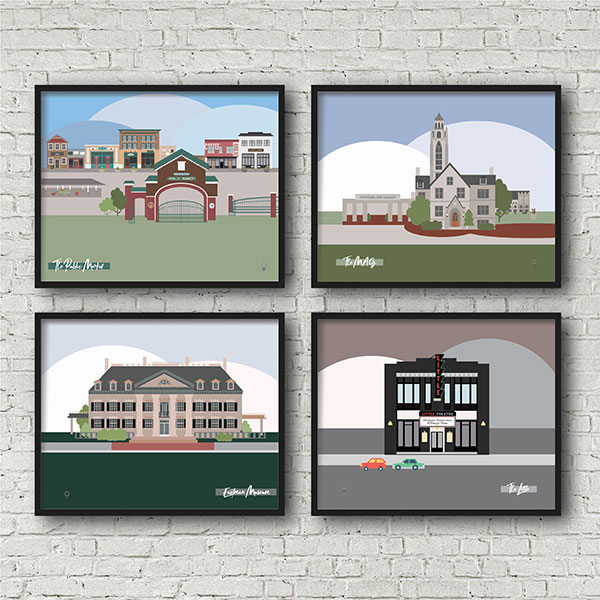
A website will be the determining factor for many potential clients. There are quality, affordable platforms out there that make website design accessible to users with a variety of skills, even beginners.
A website should include your branding, samples of your best work, services provided, testimonials from clients, and your contact information. Having a quality site to present your business will communicate your skills and creative capabilities to your customers, so it’s worth your investment.
3. Selling Platforms / Social Media
Don’t underestimate the power of social media in getting your brand in front of people. Your work is created to be shared, so showcase it in places people can easily find and explore. As a professional photographer a website is a must, but using social media effectively will help you drive people to your website.
Instagram is the most visual of all platforms and will allow you to build a gallery of photos that is both accessible and interactive. You can use it to market your work and direct people on how to purchase your photos or services.
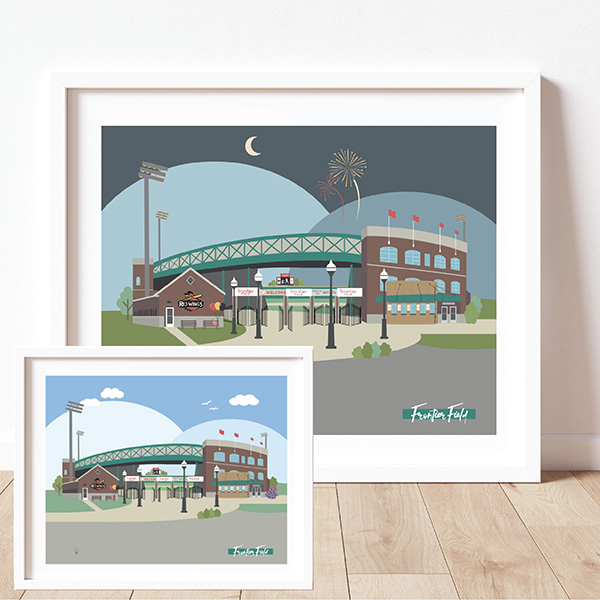
Keep in mind that your branding needs to be visible and consistent between all your social media channels. Facebook, Linked-In, and Twitter headers and your Instagram icon and highlight covers, as with all branding materials, should be sized properly and designed with your logo and branding aesthetic.
I use social media primarily to connect with my audience, but also to inform people of where they can purchase my work via Etsy. There are a variety of shop platforms available to sellers, as well as several great Print on Demand shops that are helpful if you don’t have the resources or space for inventory.
They take care of printing and distributing your sales per transaction so you keep upfront costs lower and are able to focus on the creative side of things. For photographers, there are a variety of options to offer customers, from posters and canvases to framed prints and even putting your photographs on accessories and apparel.
4. Become Creative / Study other People’s Work
If you want to build a successful business, learn from others. Design and photography go hand in hand, so taking some time to learn some new skills or programs, like Photoshop or Illustrator, will only help you not only develop your own brand but gain an arsenal of skills that will allow you to offer the even greater creative potential to future clients as well. It will both reinforce and diversify your skillset as a creative.
It’s great to always be seeking ways to learn and grow, but make sure that it’s not just all business and no play. Join up with a group of local photographers to take pictures around the community for fun. Listen to podcasts, follow inspirational accounts on social media, watch instructional videos, take an art class in the community.
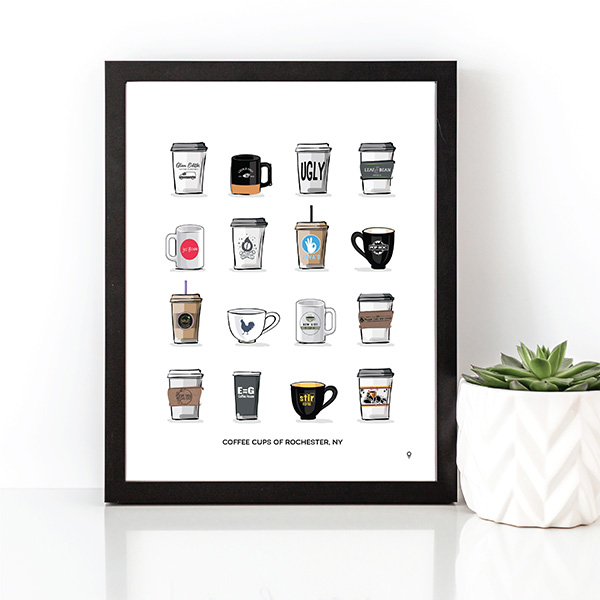
The more I’ve taken the time to connect with other creative people both online and in-person, the easier it has become for me to find business opportunities and to keep my own creative streak going.
5. Creating a Healthy Community / Local Love and Support
The most important thing I’ve found is to value connection over the competition. I began my photography page as a personal creative outlet, but more importantly as a way to highlight the beauty and places I love about the place I live that others might not see or experience.
That progressed into sharing great places to eat or grab a drink in my stories, and then into showcasing some of the projects I was involved in around the community. I was able to connect with more and more people who shared similar interests or found inspiration in the things I was doing. And that led to the creation of my design shop where I continue to connect in new ways with people locally to continue the spread of local love and support around our city.

Find people in your community to partner with. Connect with other creatives to help each other accomplish your goals. You may not have the design ability to create exactly what you need, so find an artist who can work with you. On social media, make your audience the stars whenever possible.
Ask people to share their own photos of your work wherever they have it displayed and tag, repost, and share in your stories/highlights. Tag businesses and people in the photos you are sharing. Find other people with common interests and build each other up.
As a designer, I have found, both professionally and personally, that my photography, artwork, and love for community interchangeably benefit one another. Be true to yourself and your brand and success will find you in many forms. I hope these tips have been helpful to you!
You can find me on Instagram at @mvh_art and @theboomtowncreative, on Twitter at @mvh_art and @BoomtwnCreative, and my Etsy shop at etsy.com/shop/theboomtowncreative
